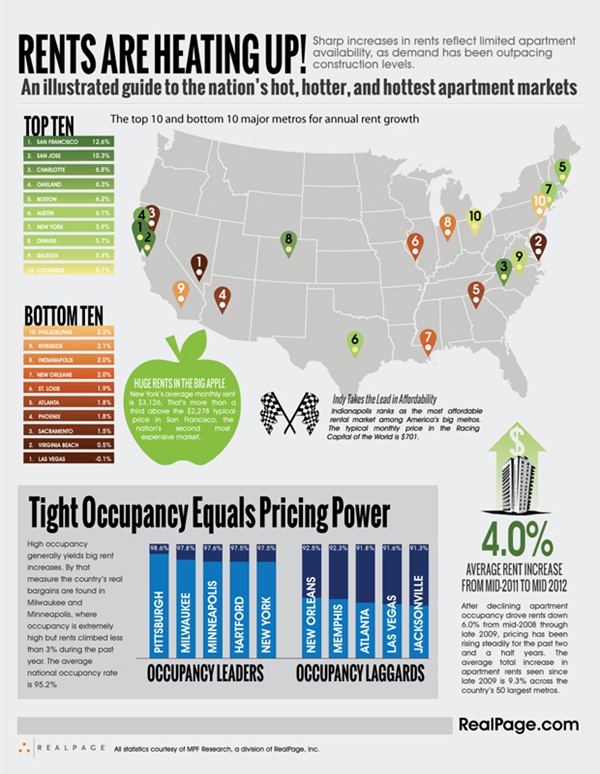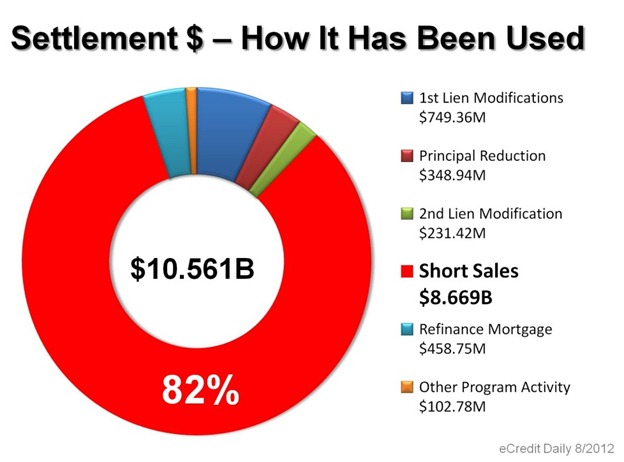 Fed Chairman Ben Bernanke announced last week that the Fed would again be pumping money into mortgage-backed-securities as a way to stimulate the economy. The big question for us becomes what impact this will have on the housing market. There is absolutely no doubt that Bernanke had the housing industry in mind while making this decision. In his post meeting news conference Bernanke explained:
Fed Chairman Ben Bernanke announced last week that the Fed would again be pumping money into mortgage-backed-securities as a way to stimulate the economy. The big question for us becomes what impact this will have on the housing market. There is absolutely no doubt that Bernanke had the housing industry in mind while making this decision. In his post meeting news conference Bernanke explained:
“I think that house prices are beginning to rise in some markets, which will encourage people to look at homes, will encourage lenders to make more mortgage loans. I am hoping we will continue to see progress in the housing market. That is one of the missing pistons in the engine here, housing is usually a big part of a recovery process. We haven’t had that nearly to the usual extent. And to the extent that we can support housing I think that would be a very useful outcome.”
How does keeping rates low help the market?
HSH Associates which reports on trends in the mortgage rate environment explains:
“Of all the Fed policies, driving down mortgage rates has arguably been the most successful. Low rates have fostered refinancing, putting money in homeowner pockets and helping to spur consumer spending. Those low rates have enhanced housing affordability, while the steadying aspect of the Fed’s presence in the market has allowed for more of those transactions to complete; in turn, this has helped to firm up home prices. The Fed is trying to cause at least some inflation, namely in asset prices — homes, stocks.”
But what impact will it actually have on home sales?
Keeping interest rates low will definitely help. However, we are not sure it will be a driving force in a housing recovery. Rates are already at historic lows and the challenge to many buyers is availability of mortgage money more than it is the cost of that money (rate). HSH Associates believes:
“Looking across the potential audiences who want to buy homes, can a claim be made that interest rates are an impediment? More likely, credit ruined in the downturn, a lack of income, unemployment or even asset strength are keeping people out of the market. In addition, there is arguably a cohort which cannot participate due to a foreclosure, short-sale or deed-in-lieu effected over the last few years, and there is likely still another group who will not buy a home at all, having watched family and friends suffer mightily with real estate issues and losses in the downturn. In this way, lower interest rates aren’t much of an inducement for a lot of folks, and except at the margins, the change merely enhances the opportunity for people already well-positioned and motivated to buy a home.”
Richard Green, director of the University of Southern California Lusk Center for Real Estate, echoed this sentiment in a recent MarketWatch article:
“While QE3 certainly won’t hurt the housing market, its short-term effect will likely be limited. The constraint that is keeping people out of the housing market is absence of equity. The drop in house prices means that many borrowers are underwater on their houses, and high unemployment has prevented potential first-time buyers from accumulating down payments.”
Keeping rates low can’t hurt the market and perhaps it will encourage some move-up buyers to make the move now. But few believe it will spur a dramatic increase in home sales.
via: KCM







